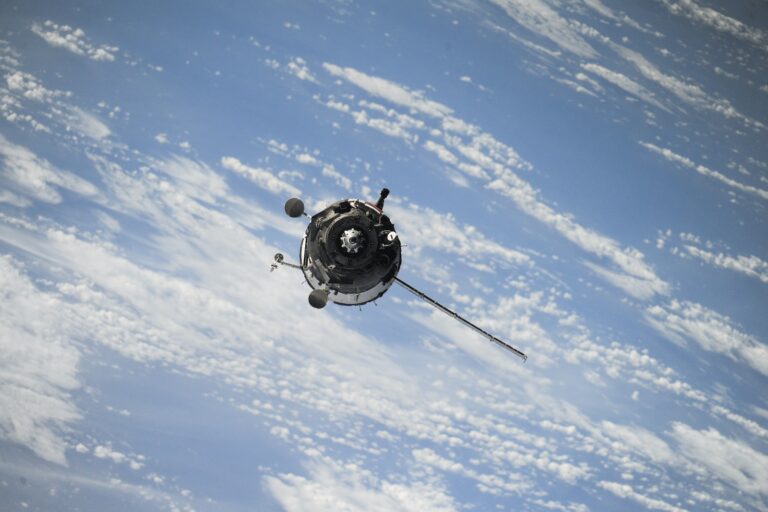T-Mobile has been given permission by the FCC to test the service in multiple US regions.
Mike Sievert, the CEO of T-Mobile, and Elon Musk took the stage together in 2022 to make the announcement that the carrier would be the first to receive service from Direct to Cell over Starlink. The test that was supposed to take place in 2023 did not take place, but SpaceX did launch its first Starlink satellites equipped with cellular connectivity this week. There are just six of them in this initial batch, but that is sufficient for T-Mobile to start testing the service after it has been implemented.
Musk stated that the “Coverage Above and Beyond” plan was contingent on the Starlink V2, which would not launch until the company’s Starship mega-rocket was in the air. This was stated when T-Mobile and SpaceX unveiled the initiative. As the development of Starship continues to drag on, SpaceX has since made adjustments to its satellite plans. The “V2 mini” satellites that have been launched in recent times have been used to bridge the gap. It is possible that the new cellular testers represent a design that is also transient. In any event, Starlink is going to require a larger number of nodes that are capable of cellular connectivity.

The test launch, according to T-Mobile, is the first step in eliminating dead zones around the country. On the other hand, not every cellular connection shares the same characteristics. The transmission of a signal from space is more difficult than the transmission of a signal from a terrestrial cell tower, which can supply many gigabits of real-time bandwidth over millimeter-wave. The home internet connection provided by Starlink is dependent on a specialized dish; however, the antennas found in smartphones are not designed to communicate with space. As a result, this service will initially be restricted to sending and receiving highly sluggish messages via SMS, MMS, and some third-party applications. It is not out of the question for T-Mobile to provide data at a later time; but, the speed at which it will do so will not be as quick as ground-based systems.
According to our colleagues at PCMag, the Federal Communications Commission has granted T-Mobile permission to test the service for a period of one hundred and eighty days, with a maximum of two thousand devices. Additionally, the carrier is restricted in the areas in which it is able to carry out the testing; nonetheless, the test zones are dispersed across the continental United States. Additionally, T-Mobile will collaborate with the National Science Foundation to verify that the satellites do not prevent radio astronomy from functioning properly. Despite this, a significant number of astronomers have concerns regarding Starlink. There has been an increase in the number of satellites that have been observed, which can sometimes damage photographs. According to SpaceX, the Direct to Cell satellites have a slightly higher level of brightness compared to the normal models. This issue will be monitored by the corporation, and efforts will be made to ensure that its spacecraft continues to be as dark as possible.
One of the distinguishing characteristics of contemporary cellphones is the incorporation of satellite communication; however, not everyone is on board with this move. Apple has a function called Satellite SOS, however Qualcomm has opted to eliminate Snapdragon Satellite because there were no OEMs that signed up for it. Considering that the Starlink service will be provided by T-Mobile and will operate on the 1910-1915 and 1990-1995MHz PCS radio bands, the hardware required for the service is already present in T-Mobile phones. Although we do not know when the service will be available, it is encouraging to see that T-Mobile and SpaceX are making headway.

